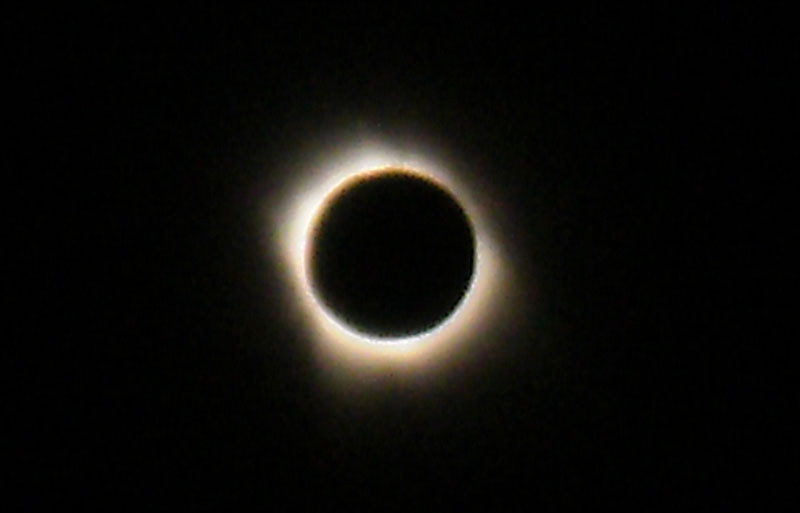
Plastiki Nears Sydney
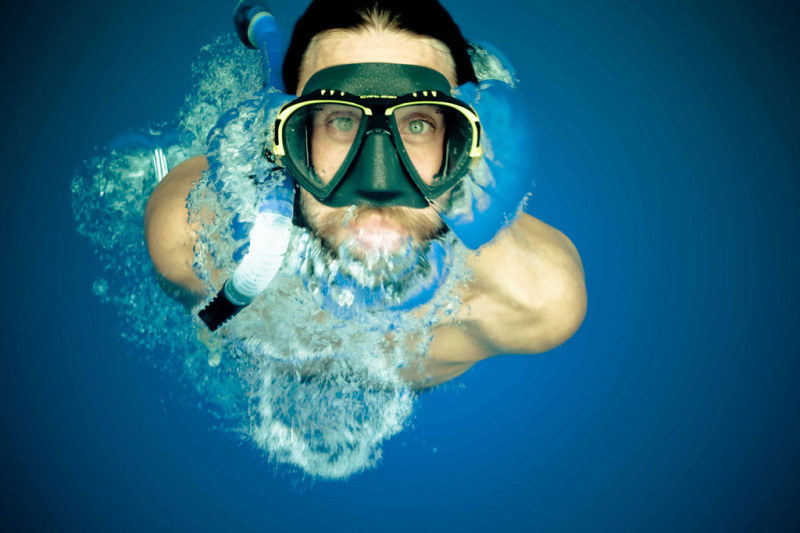
It’s been a while since we’ve checked in with the crew of Plastiki, the 60-ft eco-catamaran made from 12,500 plastic soda bottles that sailed out the Golden Gate on March 20 on the first leg of its mission to raise awareness about plastic pollution in the world’s oceans. Some scoffed at the admittedly ridiculous-looking boat, insisting it would fall apart or lose the carbon dioxide-filled bottles that comprise 70% of its flotation. It’s done neither, and is now just a little over 200 miles from its final destination of Sydney, Australia.
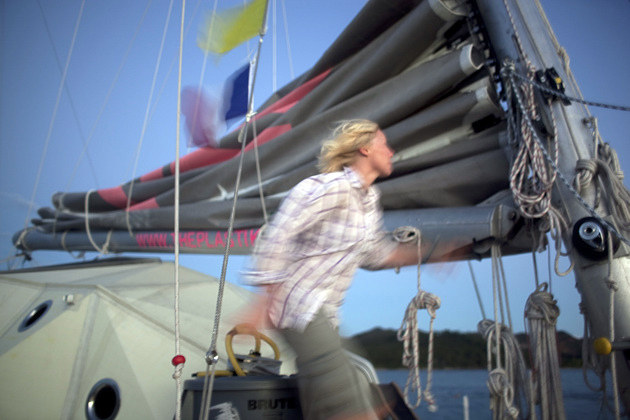
Over the past 119 days and nearly 7,800 miles at sea, Plastiki has not had an easy time of it. Most recently, the crew has been dealing with 25-ft seas and 60-knot winds — and Plastiki is holding up admirably, as she was designed to do. What fascinates us as sailors is the potential for srPET — the main component in Plastiki‘s build — to replace other, less-recyclable materials, such as fiberglass. Expedition mastermind David de Rothschild admits that eliminating all plastic from common usage is unrealistic, but by successfully using a recyclable material in a completely new way — say, building an ocean-going vessel with it — perhaps minds will be opened to new possibilities.
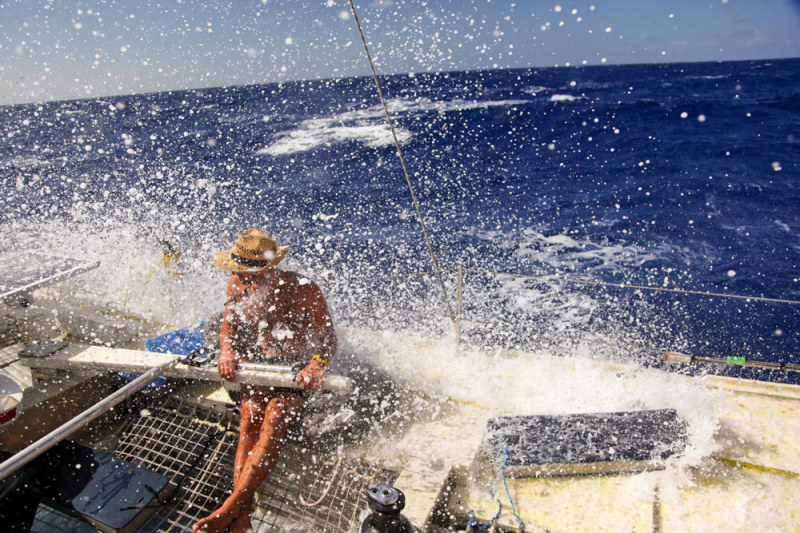
Through the expedition’s website, the crew have posted fascinating blogs, photos and videos in an effort to educate the world on just how polluted the sea is. A worthy mission well-executed.
More on Panama Murder
The attack on Danish-born American sailor Bo Kjaer-Olsen last month in Panama — which led to his death — left many who’ve enjoyed trouble-free cruising in that Central American country wondering what might have motivated Kjaer-Olsen’s five assailants.
After researching the matter, reporter Don Winner of the widely read and well-respected online magazine Panama Guide is convinced that this was not a random attack. Rather, he believes that Kjaer-Olsen — who is a longtime treasure diver — and his family were singled out because a large quantity of 17th century gold was believed to have been aboard their 70-ft S&S schooner Antares.
The facts of the case are these: Antares was anchored at a place called Baja Pipon, along a sparsely populated stretch of river roughly eight miles south of the town of Pedregal. Kjaer-Olsen was shot in the leg and bled to death; his son Zach was also shot but survived, and is now hospitalized with a bullet still lodged near his spine. Zach’s Panamanian wife Sujey Rodriquez was badly beaten, but also survived.
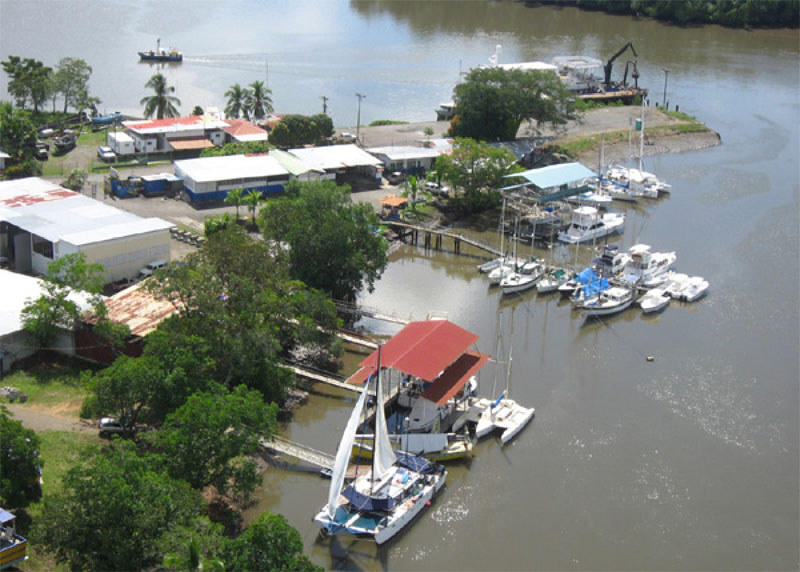
The picture Winner paints of Kjaer-Olsen’s life is a colorful one: Born in Denmark, he immigrated with his family to South Africa, where he lived until the late ’70s. A passionate outdoorsman, he grew up assisting game wardens in the wild, then later got heavily into scuba diving, rock climbing and exploring uncharted caverns — supposedly motivated by stories of hidden treasure. After falling in love with an American model and moving to Hawaii with her, he developed a highly successful aquaculture business there.
At some point Kjaer-Olsen found Antares for sale in California, and adapted her as a liveaboard equipped for diving expeditions. According to Winner, Kjaer-Olsen had recently completed a salvage operation of a sunken treasure ship in Honduras. His take was reportedly about $200,000 in Spanish gold. Winner believes that it was Kjaer-Olsen’s habit of keeping his valuables aboard, rather than locked up in a bank, that led to the attack. Because plenty of illicit drug trafficking takes place in and around Panama, some have speculated that drugs may have played a role in the attack. But longtime friends of Kjaer-Olsen are adament that he would never be have been involved such dealings. Click here for Winner’s complete story on this sad event.
Natural Born Sailor
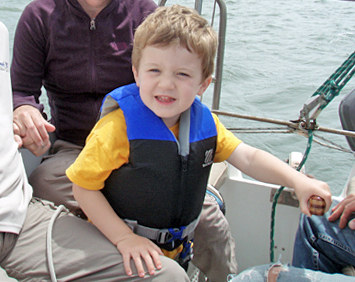
"Derik Anderson and I have known each other since 1969 when our dads worked together," writes Mike Moss. "Recently, Derik brought his three-year-old son, Theo, for his maiden sail aboard my Catalina 25 Lady Priscilla. As we boarded, the only thing Theo said was ‘Let’s go.’ After relaxing into the boat, he said again ‘Let’s go!’ So we did.
"We saw 20 porpoise, a seal thrashing a large fish, got a family picture with Theo driving, and enjoyed a picnic while drifting in the Angel Island Rivera. After circumnavigating Angel Island, we got hammered behind Alcatraz. It was cold, brutal, and wet, but Theo was solid. At the dock, he said ‘Let’s go tomorrow!’
"A couple days ago, Derik called and put Theo on the phone: ‘Let’s go in the ocean next time.’" We see great things for this kid!
The Sun Puts on a Show
During our recent trip to Tahiti, few cruisers we spoke to were keeping up with the mind-numbing headlines back home. But they all seemed to know about the imminent solar eclipse which would be best viewed from French Polynesia — and elsewhere along a narrow track stretching from the Cook Islands to southern Patagonia.
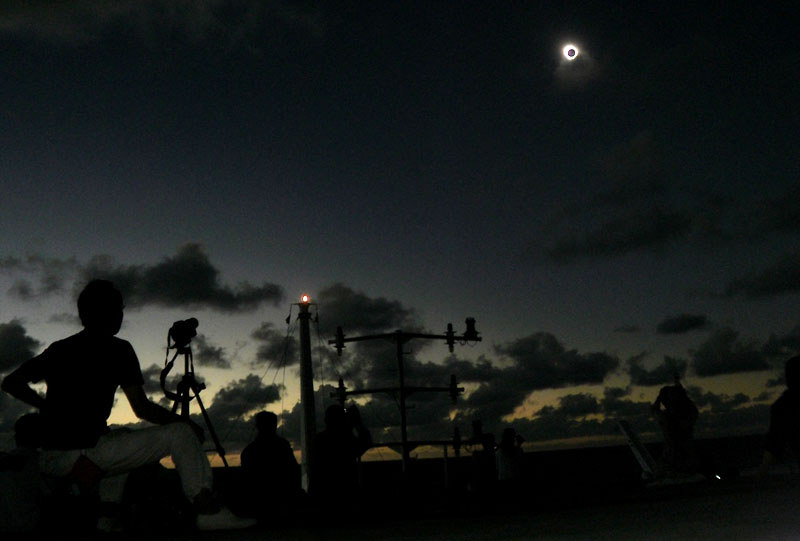
Apparently one of the truly primo spots to observe the eerie effects was in the Tuamotus. Several boatloads of cruisers and some local charter companies bashed 300 miles there from Tahiti to take in the July 11 show as the moon’s shadow ominously swept in front of the sun, temporarily darkening the normally brilliant skies.
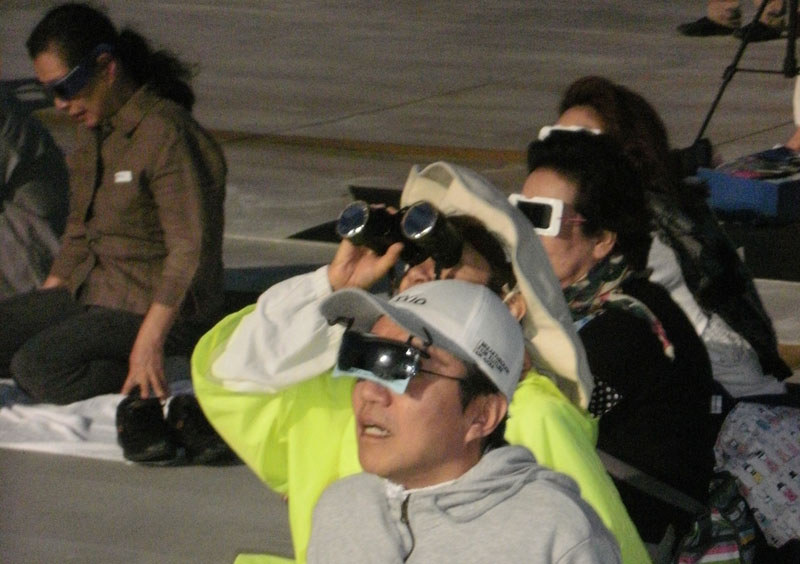
The next total solar eclipse will occur in November 2012 and will be visible from northern Australia and the South Pacific.
